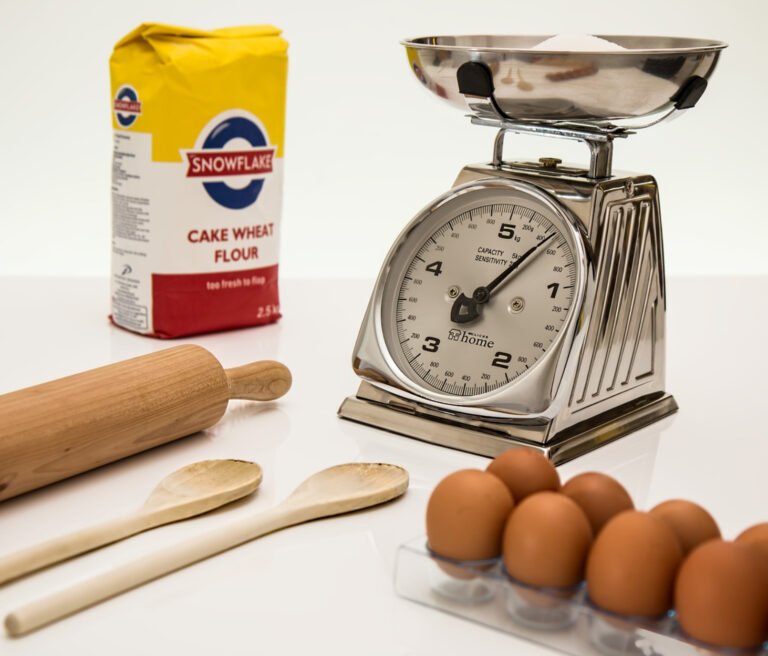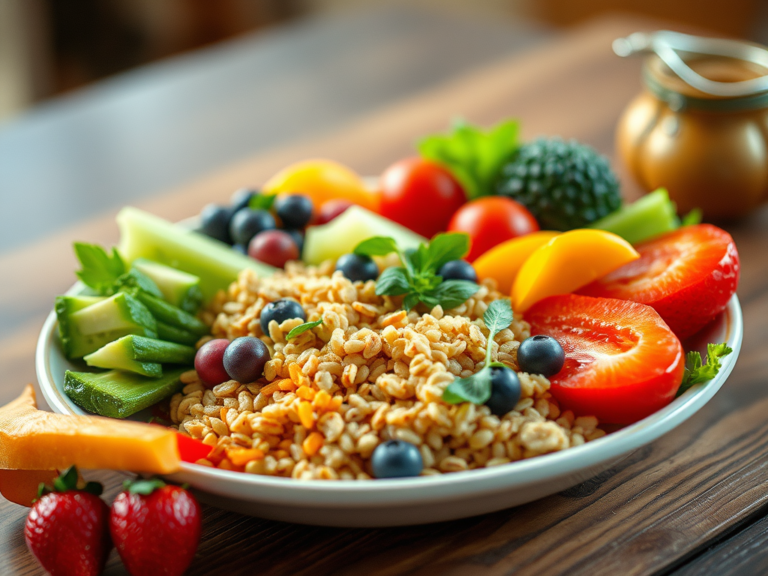From Bottles to Big Bites: Understanding Feeding Stages for Babies and Toddlers


Babies’ and Toddlers’ Feeding Stages
Feeding stages for babies and toddlers are defined by both developmental readiness and nutritional needs. These stages are not rigid, as individual children may progress at slightly different rates, but the following outline reflects consensus from credible sources.3
Babies (0–12 months):
Stage 1: Exclusive Milk Feeding (Birth to ~4–6 Months)
Birth–4/6 months: Only breast milk or formula. Babies develop sucking and swallowing skills.1Begin introducing single-ingredient pureed foods if baby shows readiness (good head control, can sit with support).2
- What: Breast milk or iron-fortified infant formula only.
- Why: Provides all necessary nutrients and hydration; infants lack the oral motor skills to handle solids.
- Key Skills: Sucking and swallowing.3
Stage 2: Introduction of Complementary Foods (Around 4–6 Months)
Stage 2 foods-thicker purees and mashed foods with soft lumps. Gradually introduce more textures as chewing skills develop.2
- What: Begin with pureed or mashed foods when the baby shows developmental readiness (e.g., good head control, interest in food).
- Why: Nutritional needs (especially iron and zinc) begin to exceed what milk alone can provide.
- Key Skills: Moving food from a spoon to the back of the mouth and swallowing thicker textures.3,4,5,
Stage 3: Progression to Textures and Self-Feeding (6–12 Months)
Stage 3 foods-soft, chewable chunks, minced or chopped foods, and soft finger foods. Encourage self-feeding with supervision.2
- What: Gradually introduce lumpy, mashed, and soft finger foods between 6–8 months; chopped and harder finger foods between 8–12 months.
- Why: Supports oral motor development and encourages acceptance of a wide range of flavors and textures.
- Key Skills: Chewing, biting, picking up food, drinking from a cup, and self-feeding with hands or a spoon. 3,4
Stage 4: Transition to Family Foods (12–24 Months)
- What: Most children can eat chopped versions of family foods by 12 months. Continue offering a variety of foods from all food groups.
- Why: Promotes independence, social eating, and further expands taste preferences.
- Key Skills: Chewing more complex textures, using utensils, drinking from a cup, and expressing food preferences 3,4
Toddlers (12 months+):
- Eat a variety of family foods, including chopped, small pieces of fruits, vegetables, grains, dairy, and proteins.
- Develop skills like using a spoon, cup, and self-feeding; imitate adults and peers during meals.3
- Appetite and food preferences fluctuate; continue offering a range of healthy options and encourage self-regulation of intake.3
Feeding transitions are gradual and depend on individual development, but generally follow this progression from liquids to purees, then to lumps, and finally to family foods.
Developmental Feeding Milestones
| Age Range | Typical Feeding Skills & Foods |
| 0–4/6 months | Sucking, swallowing milk (breast/formula) |
| 4–6 months | Pureed/mashed foods, learning to accept spoon |
| 6–8 months | Lumpy/soft finger foods, beginning to chew |
| 8–12 months | Chopped/harder finger foods, self-feeding |
| 12–24 months | Family foods, improved chewing, utensils |
Additional Key Points
- Appetite regulation and food preferences begin to develop from birth and are shaped by repeated exposure to different foods and textures.3
- Avoid cow’s milk, honey, and choking hazards before 12 months.4
- Feeding is not just about nutrition, but also about learning new skills and social behaviors.3
Summary:
Babies move from exclusive milk feeding to purees, then to more textured and finger foods, and finally to family meals as toddlers. Each stage supports both nutritional needs and developmental milestones in feeding skills, taste, and independence. 3,4
References
1. How Can You Get Your Baby on a Feeding Schedule? Healthline. https://www.healthline.com/health/parenting/baby-feeding-schedule
2. Feeding Guidelines for Infants and Young Toddlers: A Responsive Parenting Approach Guidelines for Health Professionals. https://healthyeatingresearch.org/wp-content/uploads/2017/02/her_feeding_guidelines_brief_021416.pdf
3. DEVELOPMENTAL STAGES in INFANT and TODDLER FEEDING LEARNING POINTS.; 2014. https://www.infantandtoddlerforum.org/media/upload/pdf-downloads/3.5_Developmental_Stages_in_Infant_and_Toddler_Feeding_NEW.pdf
4. Healthy Eating Research. Ages 0-2 Feeding Recommendations. Healthy Eating Research. https://healthyeatingresearch.org/tips-for-families/ages-0-2-feeding-recommendations/
5. Borowitz SM. First Bites—Why, When, and What Solid Foods to Feed Infants. Frontiers in Pediatrics. 2021;9(654171). doi:https://doi.org/10.3389/fped.2021.654171




